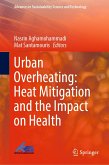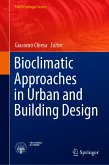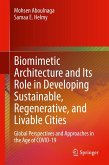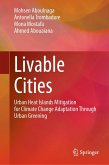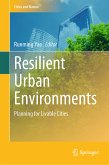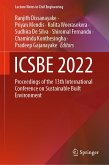This book highlights the evaluation and assessment of various aspects of sustainable buildings to achieve a greener future. India, at the 26th session of the United Nations Framework Convention on Climate Change (COP 26) in November 2021, announced its target to achieve net zero by 2070. Being an emerging economy, the number of buildings required is expected to grow exponentially. Hence, there is a need for a pragmatic and realistic path to reach the committed goal of reaching net zero. To participate in a global transition to clean, low-carbon energy systems, which aligns with Sustainable Development Goal (SDG) 11 (Sustainable Cities and Communities) and Climate Action (SDG 13), it is important to research cooling strategies for a tropical country like India. The India Cooling Action Plan clearly acknowledges the deep connection between SDGs, especially SDG 13. Passive cooling strategies require a micro-level understanding of the impact of building materials on the thermal performance of buildings. To contribute to the global transition to clean, low-carbon energy systems, it is essential to assess India's energy retrofit policies, the use of low-carbon building materials, energy-efficient building design to enhance passive cooling, ways to mitigate outdoor heat, and learnings from vernacular architecture and biophilic building design. This book explores how viable solutions such as these could address some of India's most pressing challenges, including energy efficiency, climate resilience, and environmental sustainability, contributing to India's progress towards SDG 3 (Good Health and Well-being), SDG 7 (Affordable and Clean Energy), SDG 9 (Industry, Innovation, and Infrastructure), and SDG 13.
The research papers presented in this book are the result of systematic research conducted after identifying a research gap through the latest review of literature. They present new knowledge that can aid in making performance-based design decisions. All these aspects are analyzed using real-time data obtained through field studies. The book is a valuable resource for professionals and researchers working in energy efficiency and sustainable buildings.
Dieser Download kann aus rechtlichen Gründen nur mit Rechnungsadresse in A, B, BG, CY, CZ, D, DK, EW, E, FIN, F, GR, HR, H, IRL, I, LT, L, LR, M, NL, PL, P, R, S, SLO, SK ausgeliefert werden.



